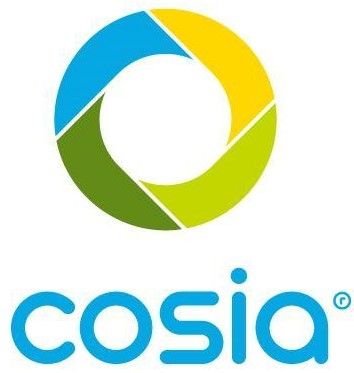How COSIA Reduces the Oil Sands' Environmental Impact and Saves Water
Published on by Water Network Research, Official research team of The Water Network in Business
COSIA set a goal in 2012 to reduce our freshwater use intensity by 50 percent by 2022, and since 2012 the companies have reduced their freshwater use by 38 percent.
"For every barrel of oil we get out of the ground we use, typically, about 10 barrels of water," said Bruce Logan, from Pennsylvania State University. "That can go up to 100 barrels of water," he added.
"With fracking (hydraulic fracturing) there may be very little water use, net water use, or there may be a lot," Logan explained. "It depends on the area, so there's really no hard and fast number about the water use to extract natural gas — be it via fracking — or to extract oil."
Earlier this year, "Sustainable Energy" looked at efforts to mitigate the impact of Canada's oil sands. Home to 166.3 billion barrels of the country's 171 billion barrels of proven reserves, Canada's vast oil sands are the third largest proven oil reserve on the planet, according to its government.
The scale of the work being done at the oil sands is considerable. According to Alberta Energy, a ministry of the Government of Alberta, oil sands production is set to increase to 4 million barrels per day by 2024, up from 2.3 million barrels per day in 2014.
Unsurprisingly, the environmental impact of such large scale production is significant. Canadian authorities acknowledge that the growth of annual oil sands production presents "several environmental challenges to land, water, air and energy conservation."
 COSIA stands for Canada's Oil Sands Innovation Alliance, and is made up of oil sands producers who want to work together to boost the "environmental performance" in the oil sands.
COSIA stands for Canada's Oil Sands Innovation Alliance, and is made up of oil sands producers who want to work together to boost the "environmental performance" in the oil sands.
Members of the alliance are pooling their ideas to find ways to mitigate the impact of the work they undertake.
"To date, the COSIA members have shared about 938 discreet individual technologies or innovations that cost about $1.33 billion to develop," Dan Wicklum, COSIA's chief executive, said, before going on to list one example of the collaborative work being undertaken.
"We set a goal in 2012 to reduce our freshwater use intensity by 50 percent by 2022, and since 2012 the companies have reduced their freshwater use by 38 percent," he added.
Source: CNBC
Media
Taxonomy
- Oil & Gas
- Oil Water Separation
- Oil Sand Extraction
- Environment
- Fracking
- Oil Field Chemicals
- Environment
- Fracking Technology
- Heavy Oil
- Oil & Gas
- Water Conservation
- Water Conservation